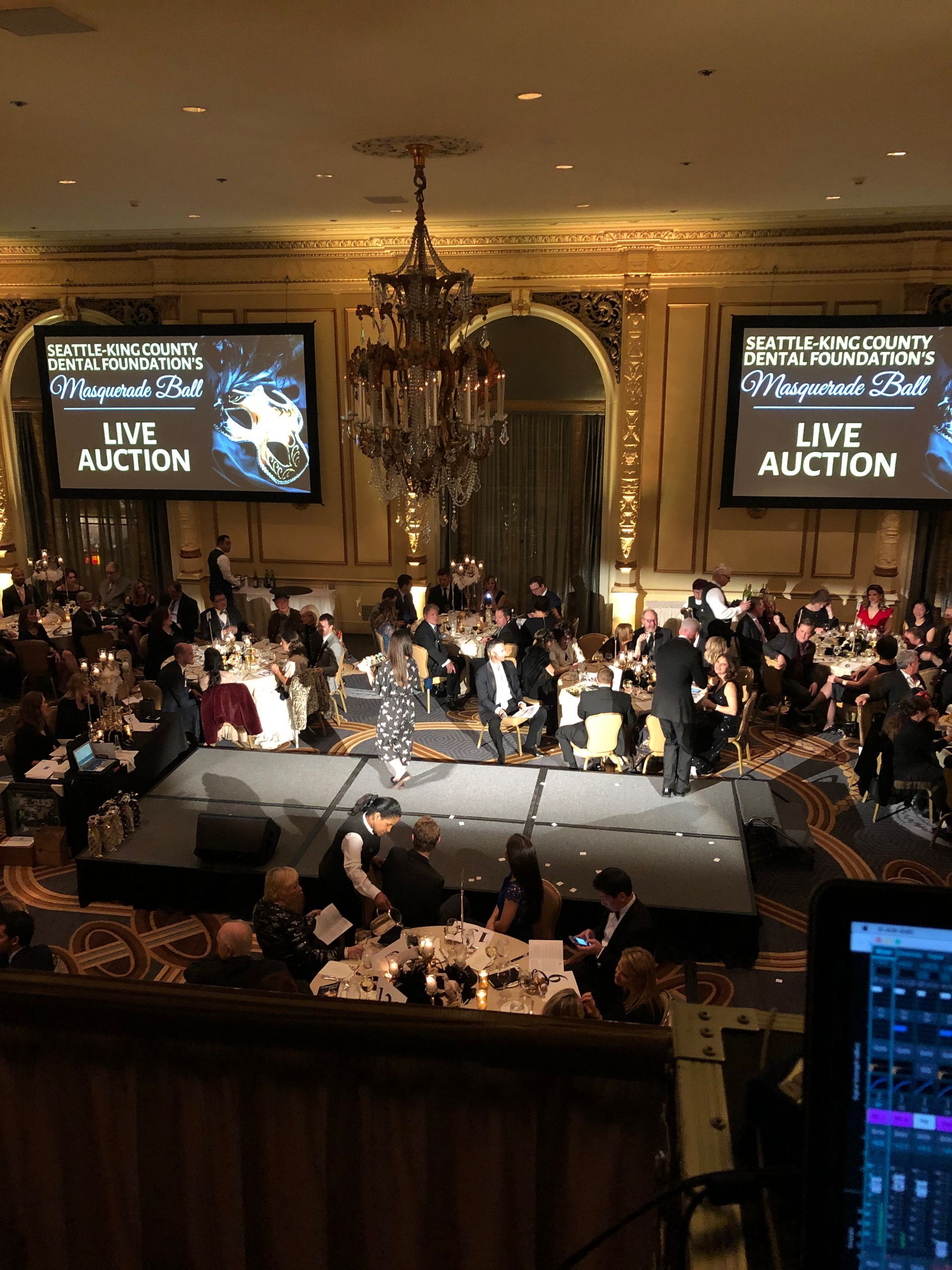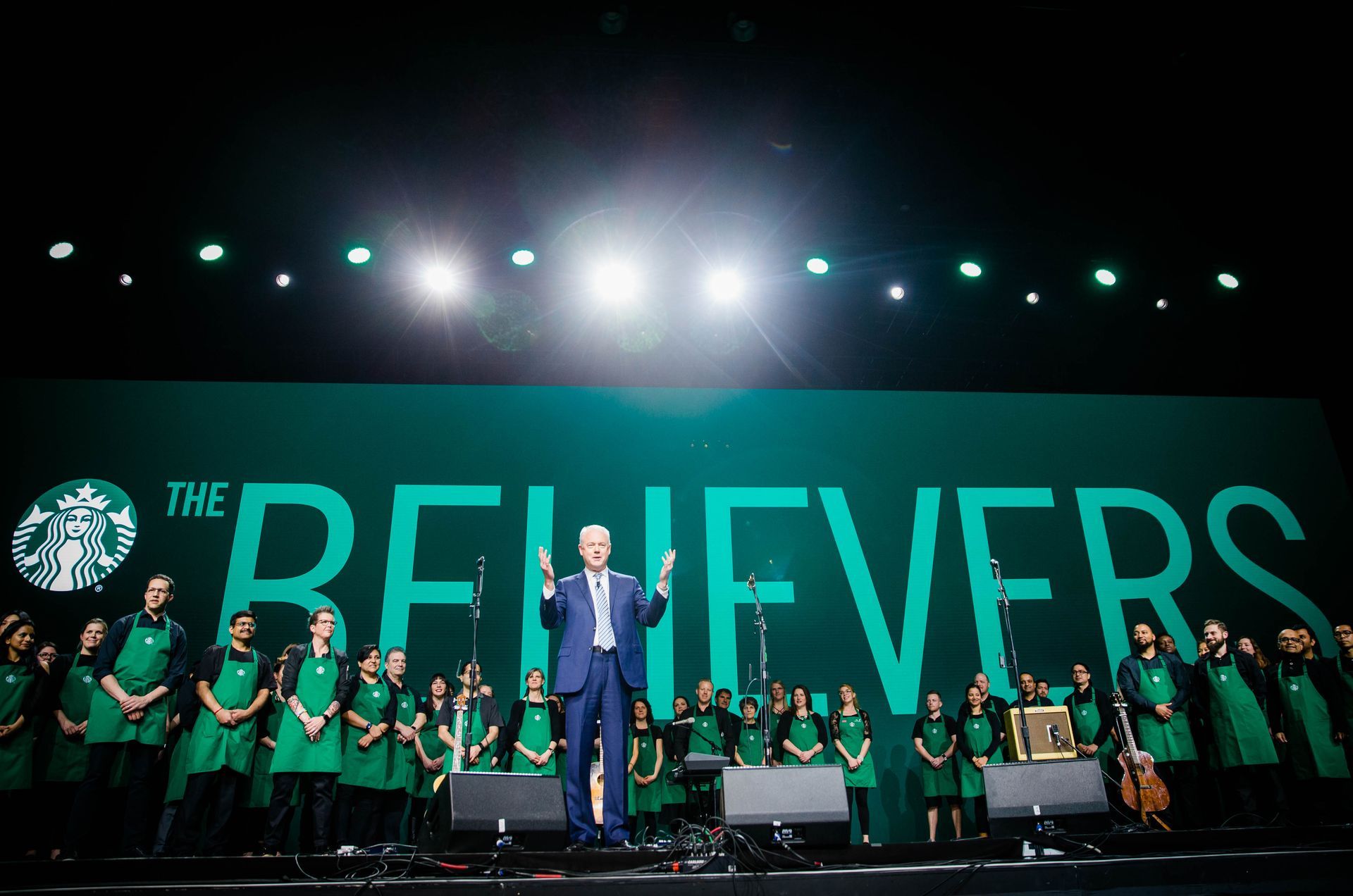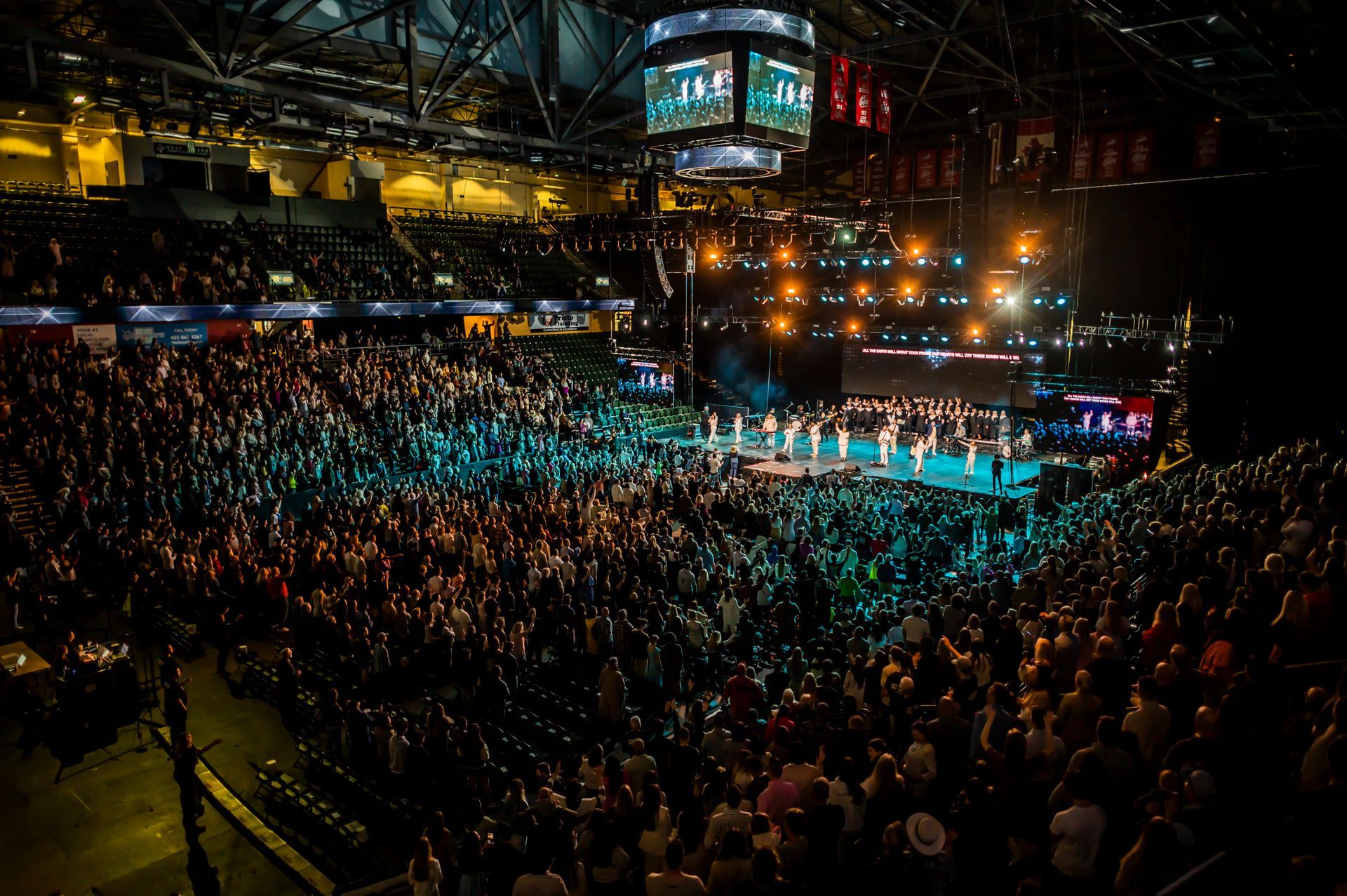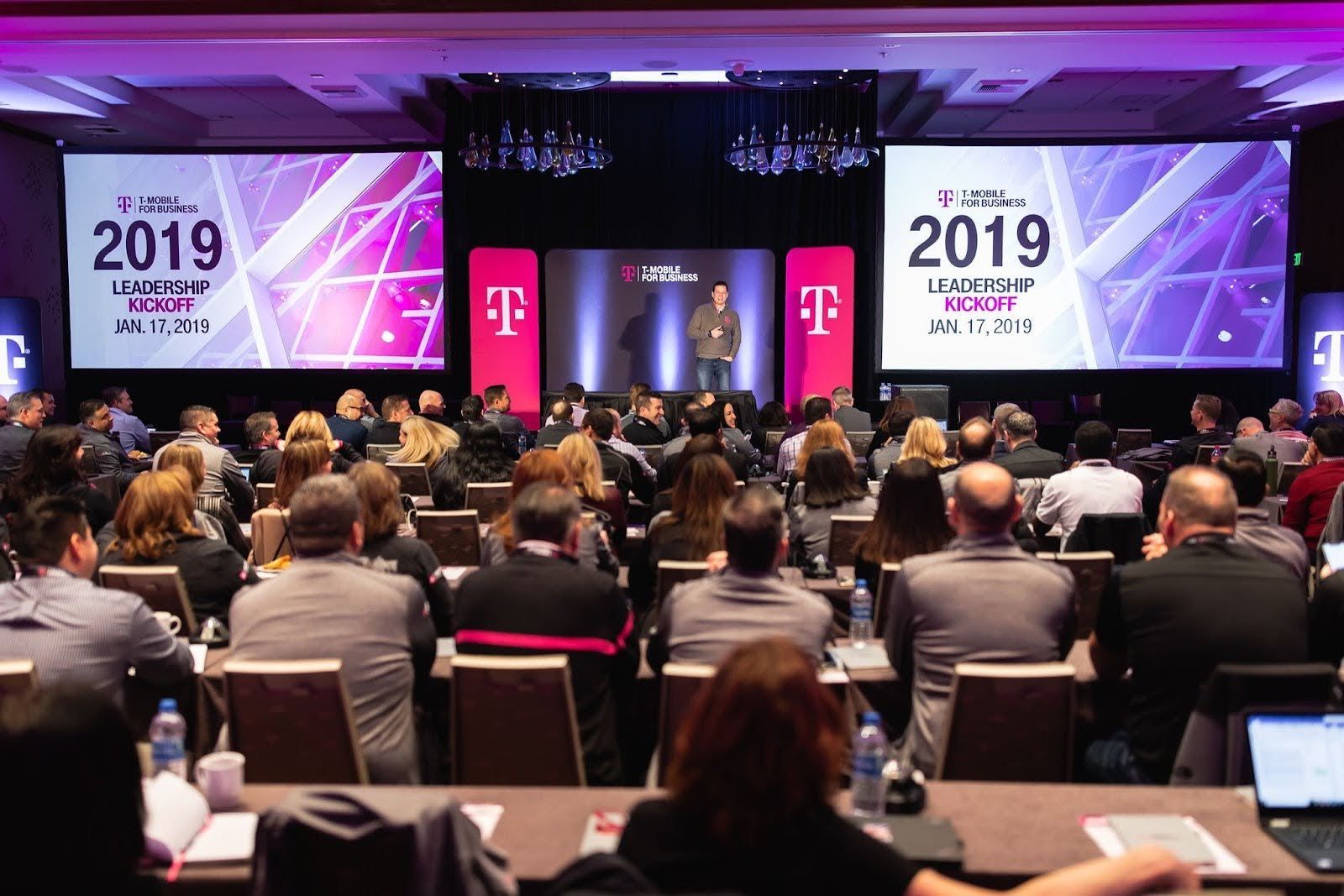5 Mistakes to Avoid When Livestreaming Your Event
Poor Gain Structure and Failing to Monitor Audio Levels
Step 1 of making sure you are optimized for success is to ask the production team to calibrate their rigs to each other. To do this, the Audio Engineer will send a 1K sine tone at -18 DBFS to the video team. Don't worry if you have no idea what I'm saying, THEY DO! That should be adjusted on their end so that it is ALSO -18 DBFS on the video rig. The number of times that this has NOT been the case is all of them. lol. If this step is not completed properly it's akin to driving down the freeway in your car at full throttle with the brakes on to try and slow down to a regular speed. Madness! Continuously monitor audio levels throughout your event. Adjust as needed to maintain consistent sound quality.
Overlooking Soundcheck
Never skip soundcheck. Soundcheck is when you and the tech team get to test all equipment thoroughly under show conditions before going live. This helps identify and fix any issues before it's go time, ensuring everything runs smoothly during the event.
Poor Microphone Placement and Gain Structure
Microphone placement and gain structure is crucial. Same idea as above, but no tone this time. Position mics close enough to capture clear audio with as little background noise as possible, but far enough to avoid distortion. Test different placements during your soundcheck if need be, and be sure your speakers know where the microphones are so they stay on point come show time.
Neglecting Backup Plans
We cannot stress this enough, always have a backup plan for your event. Is the internet and or hosting service redundant? Is the redundant line with the same provider as the primary? If so, it's NOT redundant!
Trying to Wear too Many Hats
There is a limit of what you can ask of your tech team and have flawless results. Be sure to ask them if they have enough crew for the level of complication for the event.








